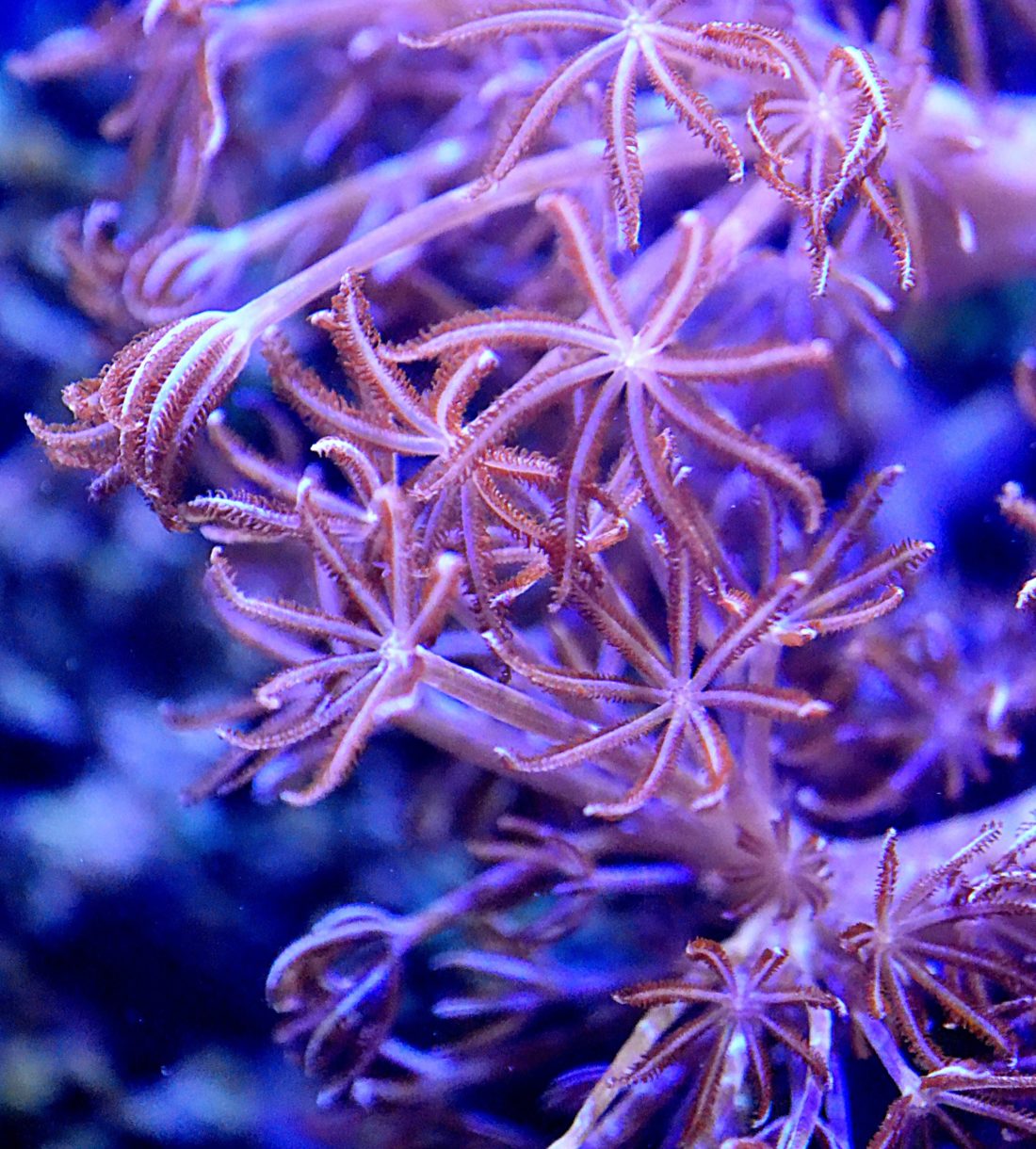Corals, animals with a thousand virtues
The therapeutic virtues of corals, or rather the toxins produced by their dinoflagellates
Aside from their amazing role as coastal protectors, their prodigious beauty and the fact that they are a home for more than 25% of the world’s marine species, coral reefs have many other unsuspected virtues. Today, we are talking about the therapeutic power of coral reefs, or more precisely about the toxins present in certain corals, most of which would be of great medical interest.
Indeed, let’s first come back to the coral as a whole to better understand where the beneficial molecules are found. Corals have polyps of many different colors, sizes and shapes, each of these polyps enclose in their endoderm (the lower layer of tissue) many cells and each of them houses a dinoflagellate (a microalgae also called zooxanthellae), which is specific to each coral species. The various toxins are produced mainly by the dinoflagellates. One coral holds one particular toxin, not several types of toxins. For example, the coral Palythoa clavata is home to a species of dinoflagellates known to produce palytoxin with proven anticancerous properties, particularly in the treatment of leukemia.
The bioactive effects of toxins produced by dinoflagellates are not unknown, on the contrary. In addition, some toxins are known to bind with high affinity to specific targets, including ion channels (such as those involved in chronic and acute pain). It is this binding that provides leads for drug development, particularly in the field of pain control and oncology.
The large-scale production of these toxins would thus provide access to drug discovery and other biotechnological applications. In recent years, marine biodiversity has allowed 30,000 new chemical compounds to be isolated, and of these, 10% have been shown to be bioactive and therefore potentially effective for drug development.
The development of these toxins offers hope to millions of people around the world, who are looking for alternatives to opioid molecules (such as morphine), which are often lethal because they are highly addictive.
Nature’s predisposition to help us is a precious gift, let us optimize the resources it puts at our disposal, let us value this unique biodiversity and, above all, let us protect it.
Article written by Cassandre Vareilles

